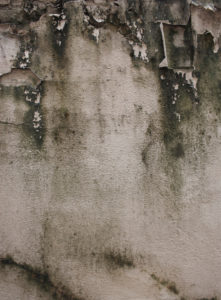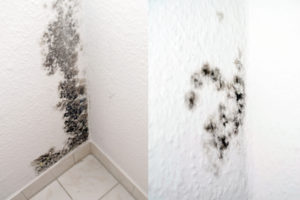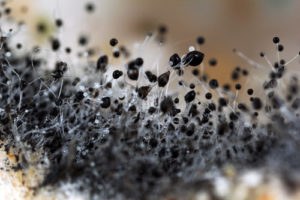How Can You Find Out if There Is Mold Behind Your Walls?

Look for Early Signs of Mold
Are you smelling a distinctive musty odor in your home or building? That’s a common sign of mold infestation, even if there’s no visible evidence. Our Manhattan mold removal technicians discuss what to do if you suspect the presence of mold behind your walls.
Moisture: Mold’s Best Friend
Mold needs moisture to grow, which is why it’s often found in damp places such as bathrooms, kitchens and basements. While the space behind walls may not seem like an obvious place for mold to develop, plumbing or roof leaks can result in water becoming trapped in a spot that’s difficult to dry.
Sometimes you can detect a leak from the appearance of thin streaks of discoloration running down a wall. Unfortunately, many leaks don’t make their presence known until the damage has become severe.
Is There Mold Behind the Walls?
So you can’t ignore that smell. How do you find out if there is a mold infestation behind the walls?
• Cut a small hole in the drywall where you suspect the problem. If there’s discoloration, use that as a guide.
• Check the wood and insulation paper to see if mold is present or if the smell becomes even stronger.
• Patching up a small hole in the wall is less intrusive than tearing it down and rebuilding it.
Choose Stern Mold for Quality Manhattan Mold Removal Services
Don’t lie awake at night wondering if your home or building has a mold problem. Let our trained Manhattan mold removal experts and our proprietary MoldExterm program give you peace of mind. Contact us to schedule a free mold inspection and quote.




